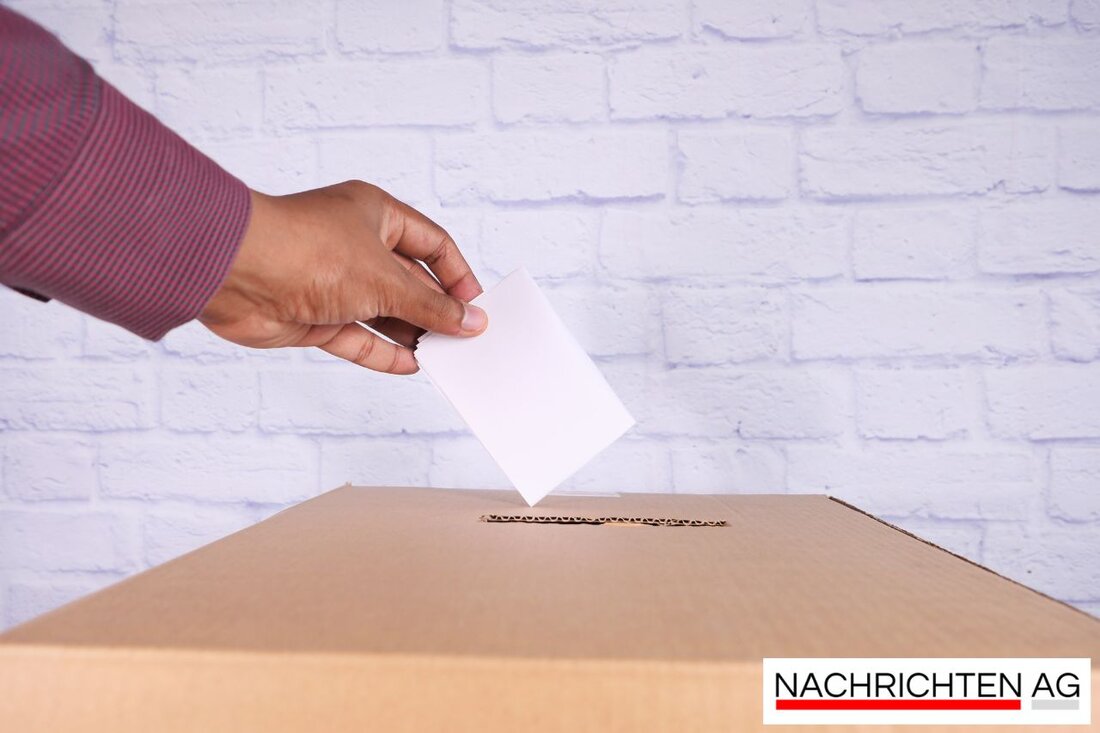Local elections 2025 in Cologne: Who will govern the city?
Local elections will take place in Cologne on September 14, 2025. Find out everything about electoral districts, eligible voters and voting options.

Local elections 2025 in Cologne: Who will govern the city?
The people of Cologne are facing exciting weeks ahead, as the next local elections are already casting their shadows. OnSeptember 14, 2025All citizens eligible to vote are invited to cast their vote. The election takes place from8 a.m. to 6 p.mtakes place and entails not only the election of a new mayor, but also the election of the entire city council and the district representatives. Around813,000Cologne residents who are eligible to vote can look forward to this important day 24Rhein reports.
The city will go to local elections in45 electoral districtsand503 voting districtsdivided. Postal voting corresponds to the ballot box voting districts with 70 additional districts, which is intended to guarantee a smooth process. The division is divided into nine city districts. It is important for voters to know where they can vote. An overview of the districts and the respective electoral districts shows how diverse and colorful Cologne is.
A look at the city districts and electoral districts
Here is an overview of the electoral districts of the individual city districts:
- Chorweiler (Wahlbezirke 28-30): Lindweiler, Pesch, Esch/Auweiler, Volkhoven/Weiler, Fühlingen, Seeberg, Heimersdorf, Chorweiler, Merkenich, Blumenberg, Roggendorf/Thenhoven, Worringen.
- Ehrenfeld (Wahlbezirke 18-22): Ehrenfeld, Neuehrenfeld, Bickendorf, Vogelsang, Bocklemünd/Mengenich, Ossendorf.
- Innenstadt (Wahlbezirke 1-6): Altstadt/Süd, Neustadt/Süd, Altstadt/Nord, Deutz.
- Kalk (Wahlbezirke 36-39): Humboldt/Gremberg, Vingst, Höhenberg, Kalk.
- Lindenthal (Wahlbezirke 12-17): Klettenberg, Sülz, Lindenthal, Junkersdorf, Braunsfeld, Müngersdorf, Weiden, Lövenich, Widdersdorf.
- Mülheim (Wahlbezirke 40-45): Mülheim, Buchforst, Buchheim, Holweide, Dellbrück, Stammheim.
- Nippes (Wahlbezirke 23-27): Nippes, Riehl, Niehl, Mauenheim, Bilderstöckchen.
- Porz (Wahlbezirke 31-35): Porz, Zündorf, Langel, Grengel, Wahnheide.
- Rodenkirchen (Wahlbezirke 7-11): Bayenthal, Raderberg, Raderthal, Marienburg.
Electoral history and public interest
A look at the election results of the past few years shows interesting developments. These range from the first elections in 1979 to the last local elections in Year 2020, as the Greens with44.3%achieved the highest level of approval. The SPD emerged14.4%, while the CDU at14.3%lay. These trend reversals are also reflected in the seat distributions, which have increasingly changed over the decades.
The election in September 2025 will certainly also influence the political landscape in Cologne. Particular attention is paid to the districts because there are clear differences in the parties' vote shares. Statista broke down the results by district, which can help voters get an overview of the current political mood.
Preparations for the election are in full swing and the people of Cologne are looking forward to an exciting election day that will show who will control the city's fortunes in the coming years. It remains to be seen whether current trends will continue or whether new parties will emerge. One thing is certain: the people of Cologne will not let their voice be taken away!

 Suche
Suche
 Mein Konto
Mein Konto